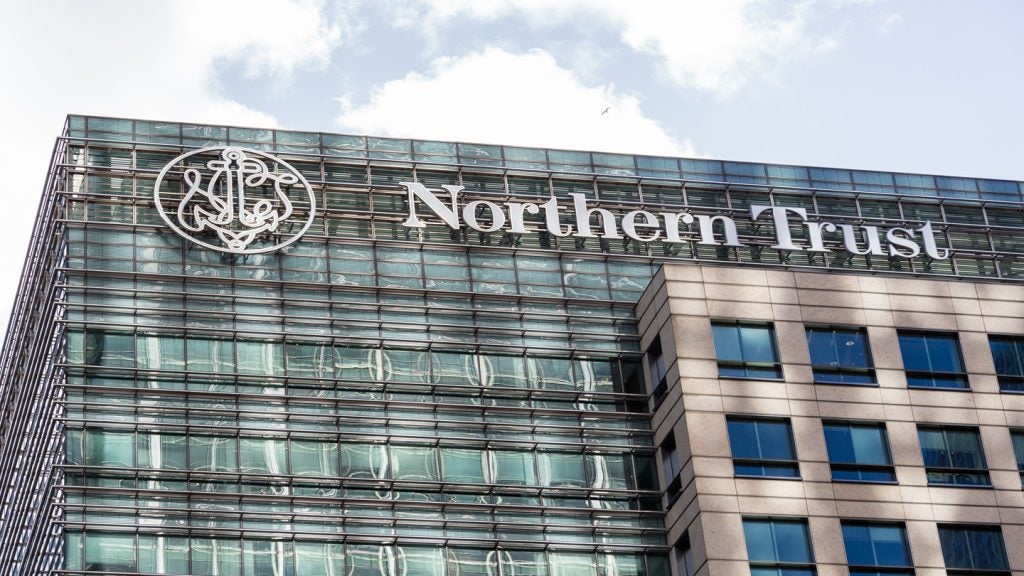
In a time where we must be digital by default, technology has never been more vital than today for wealth managers. It is imperative that wealth managers apply digital across the full spectrum of front, middle and back office at speed. Mark Trousdale, chief growth officer at InvestCloud, writes
Current restrictions mean that advisers can no longer rely on face-to-face interactions – or even operate what only twelve months ago they considered ‘business as usual’. Instead, wealth managers are obliged to recreate the same empathetic environment that in-person interactions provided through digital mediums. This is a must if they want to stay relevant, retain and grow their client base.
This creates an immediate pressure to revisit and accelerate plans for digital. But to do so, wealth managers must answer an age old question: should they build or buy when it comes to digital?
The changing environment
Beyond the necessary implications required due to the pandemic, why is digital now so crucial? Undoubtedly, successful wealth advisers pride themselves on delivering quality client service. But the prior status quo – face-to-face, highly personal meetings at clients’ homes or in plush offices – is no longer enough to sustain clients, nor even possible right now in many quarters.
According to research commissioned by EY, clients’ behaviour and needs have rapidly changed. For example, in 2016, 20 percent of clients wanted to use mobile apps for wealth management activities; by 2019 this number more than doubled. This simple metric highlights the velocity at which digital access and tools are expected within our industry.
In this current climate, clients expect a seamless customer experience that is fast, accessible and intuitive. They demand that platforms speak to them as individuals and offer a unique experience – i.e. fit their digital personas.
How well do you really know your competitors?
Access the most comprehensive Company Profiles on the market, powered by GlobalData. Save hours of research. Gain competitive edge.

Thank you!
Your download email will arrive shortly
Not ready to buy yet? Download a free sample
We are confident about the unique quality of our Company Profiles. However, we want you to make the most beneficial decision for your business, so we offer a free sample that you can download by submitting the below form
By GlobalDataThe cases for and against build and buy
In creating or augmenting a digital offering, wealth managers will have to address whether to build or buy.
There is a perception amongst some in the industry that the argument to building in house is strong. A wealth manager that prides itself on its brand and dedication to client service may fear that they won’t find the right solution from an outside product, and that they cannot achieve the level of personalisation required by their clients. There is often a fear that such a solution may not integrate well with other systems.
The true challenge of this viewpoint is that for many advisers, technology is not their core competency, client service and wealth management is.
Looking at the industry, history has shown that many firms struggle with delivering technology solutions by a deadline and in line with budgets, leading to many failed in-house projects. Upwards of 90 percent of projects will fail, and the costs of this can run into the hundreds of thousands, if not millions.
This significantly de-values the position of ‘building’ alone, as the foundation is already flawed. The fear within organizations, which leads them to a ‘build’ mindset, is predicated on wanting total control – or at least the perception that they will have it.
To avoid the risk of failed projects and the cost attached to it, buying technology off the shelf can seem like the most viable solution. However, most financial technology is monolithic and not easily customisable or integrated – so some of the aforementioned fears are justified when it comes to heritage technology.
Ensuring third-party technology works for firms can lead to large cost expenditure and delayed timelines as well. Logo-swapping is not the benchmark for customisation. In this scenario, many firms may feel like they have lost enough control.
The right question
So how should firms approach their plans for digital, if both build or buy alone lead to unsatisfactory results? The first thing they must do is change their starting premise – the question of build vs buy is the wrong one to ask.
The right question to ask is: ‘How can a wealth management firm control its own technology in a low cost, fast-to-deliver way?’ The answer is by adopting a digital platform that is flexible and modular. This is the best of building and buying.
A truly modular platform enables managers to add functionality (or apps) as their business evolves, as opposed to taking an all-or-nothing approach. This helps to stop managers from feeling overwhelmed, as they do not have to adopt dozens of new apps all at once in order to provide a better offering – they can ease themselves in with one at a time. This also allows a control over costs as firms pay only for what they need.
The most effective type of platform supports mass customisation. This is the framework to flexibly configure and customise the look and feel as well as the workflow, data scope and integration points. In this model, the IP of the beautifully personalized experience belongs to the firm, not the vendor – while helping to mitigate the expensive costs and lengthy timelines associated with internal builds. It creates a win-win scenario, rather than one of costly compromise.
The promise of collaborative digital development
Digital should never be a compromise. If a wealth firm has to prioritise development costs over the end-user experience, then clients won’t get the features and functionality they need and expect.
Enabled via platforms offering true modularity, the build and buy approach will see wealth firms working with a vendor to design experiences. But the IP, flexibility over functionality and control over personalisation stays with the wealth manager, unlike traditional white-label solutions.
Digital is now the default for wealth management. If wealth managers look to work with a vendor offering modular functionality, they can look to save on development costs, ensure their clients get the right level of personalisation, and – crucially – get to market faster.







